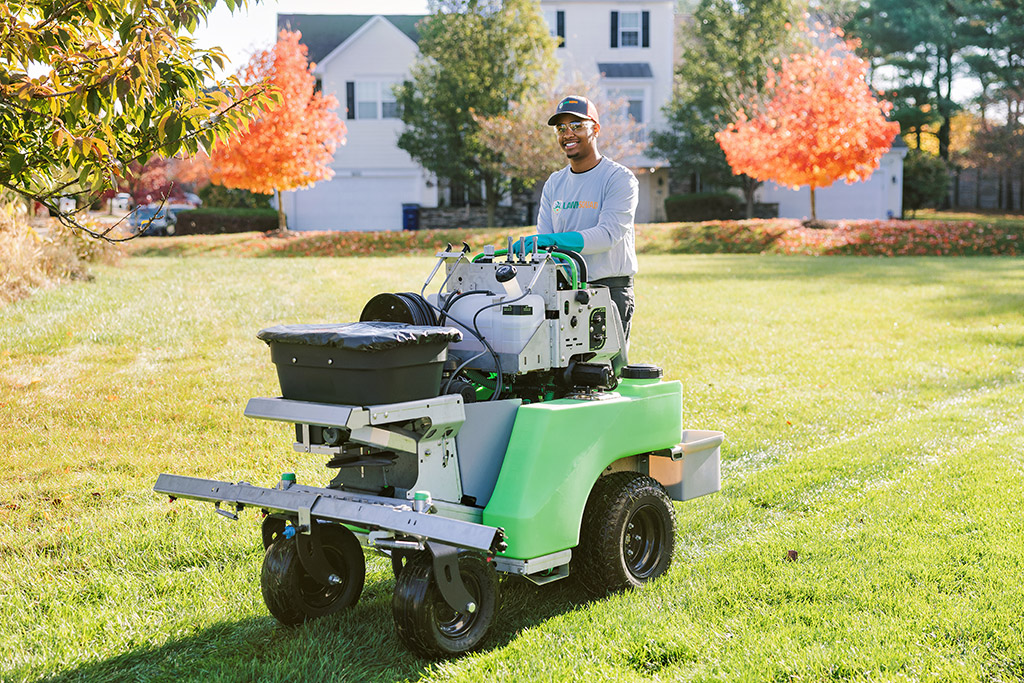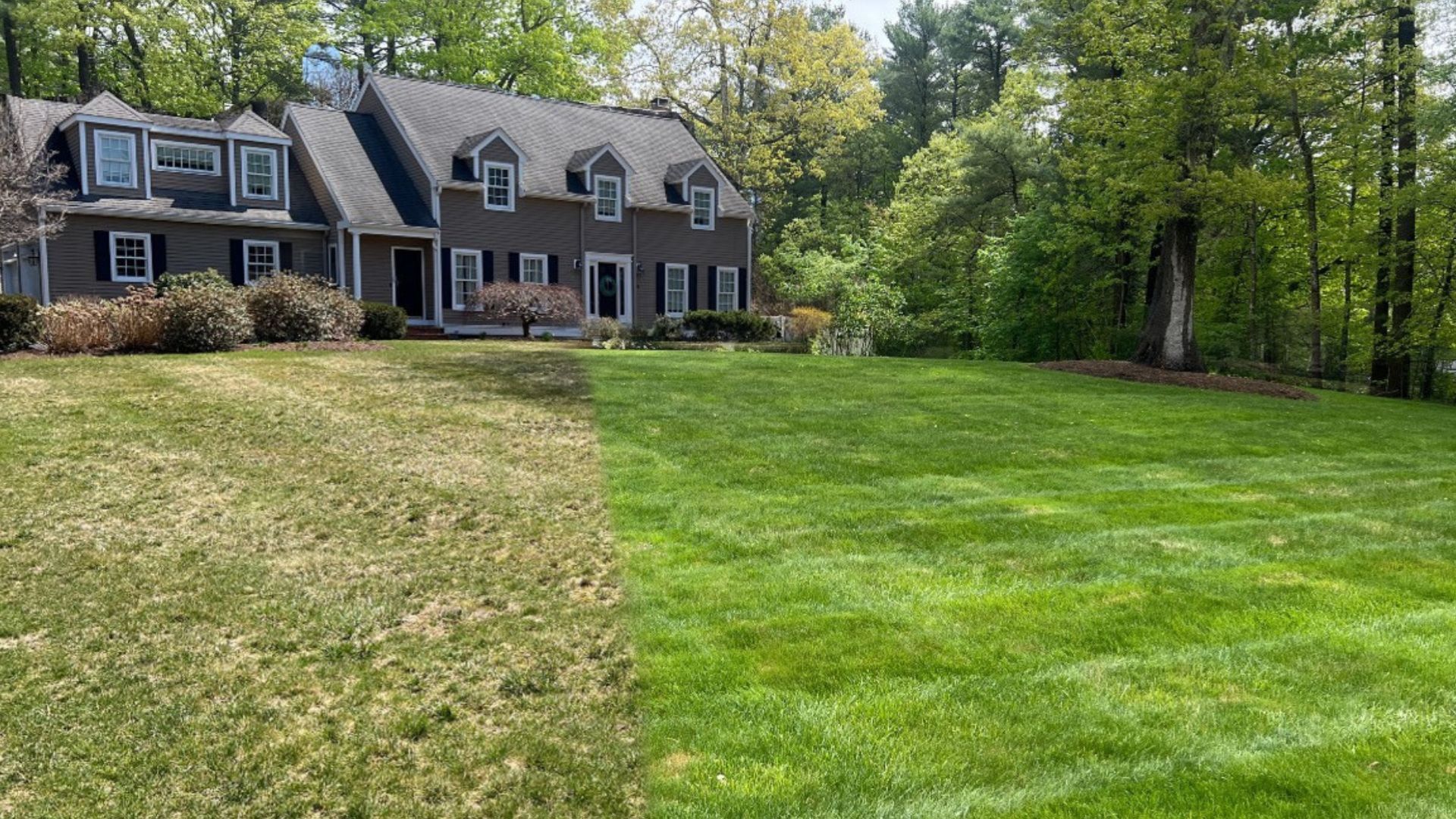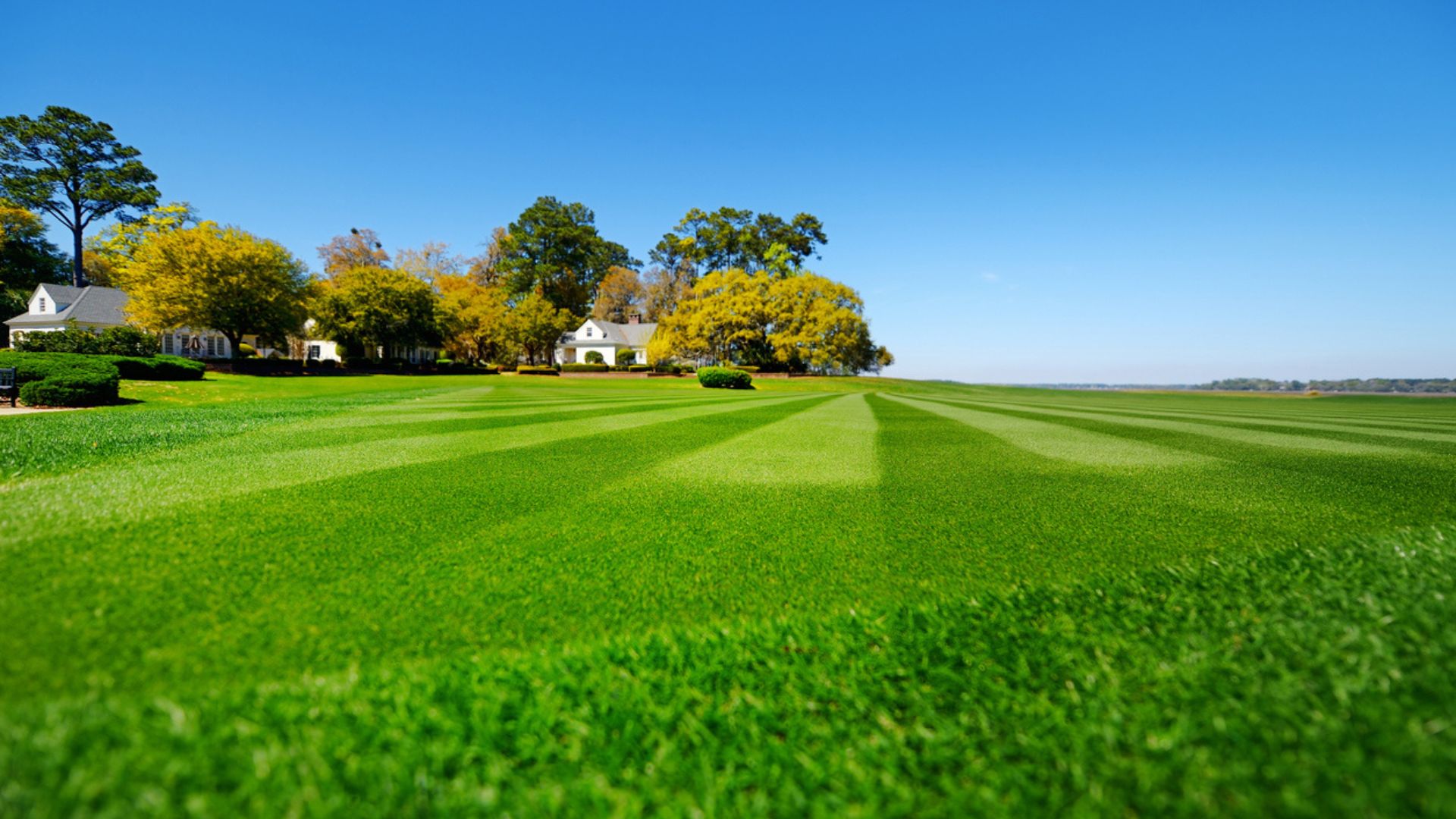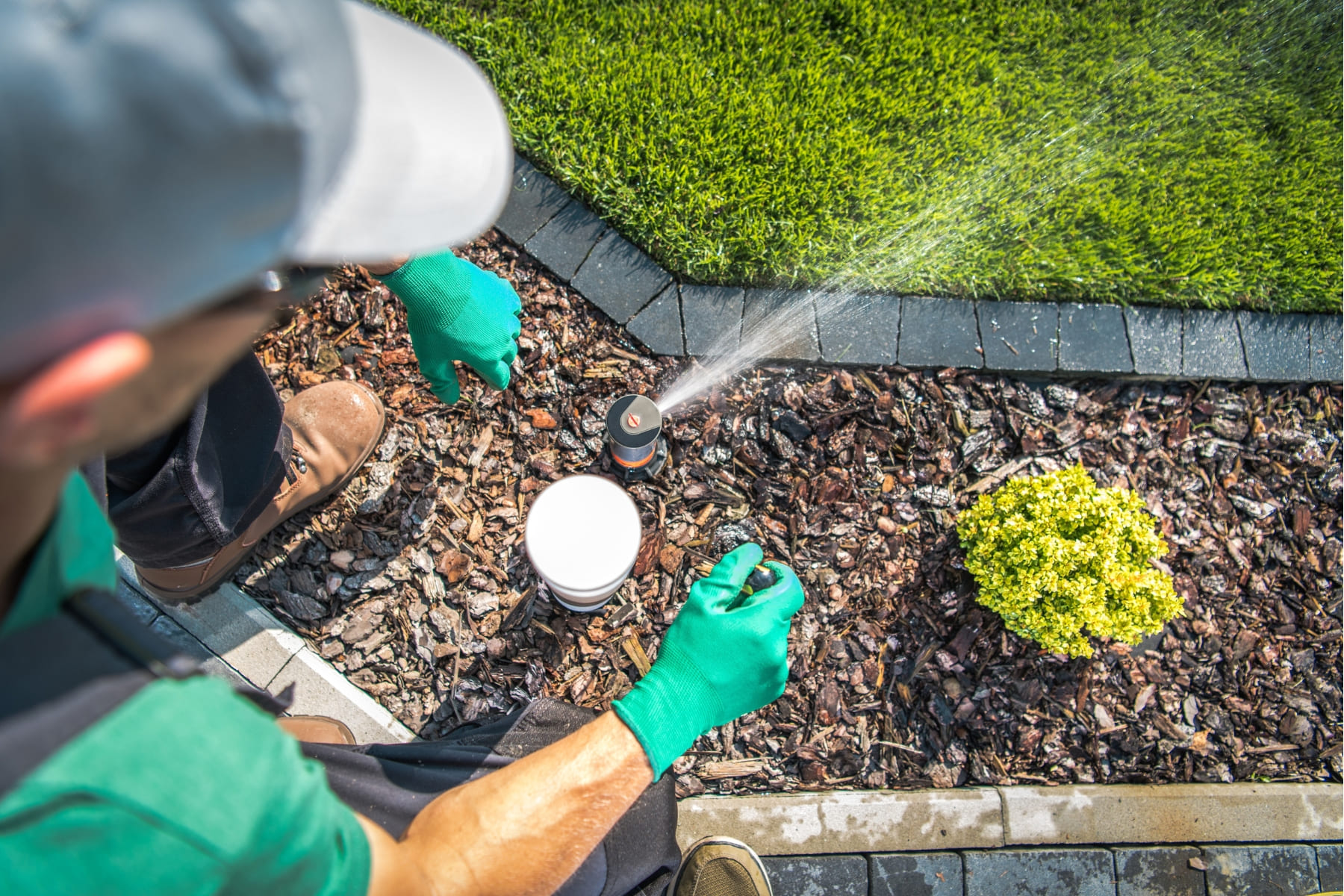Love Your Lawn®
At Lawn Squad®, our mission is to make your lawn the pride of your neighborhood. Our team of professionals provides a variety of services designed to keep your lawn lush, green, and thriving. With a commitment to quality and exceptional service, we’re here to help you love your lawn.










